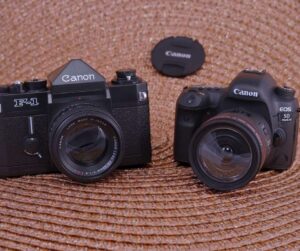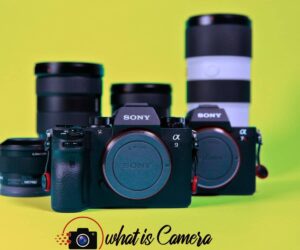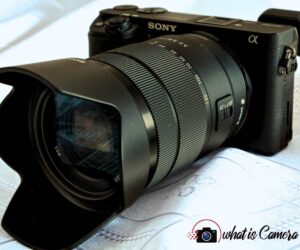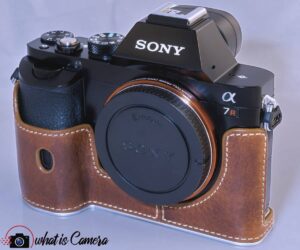Best Film Cameras
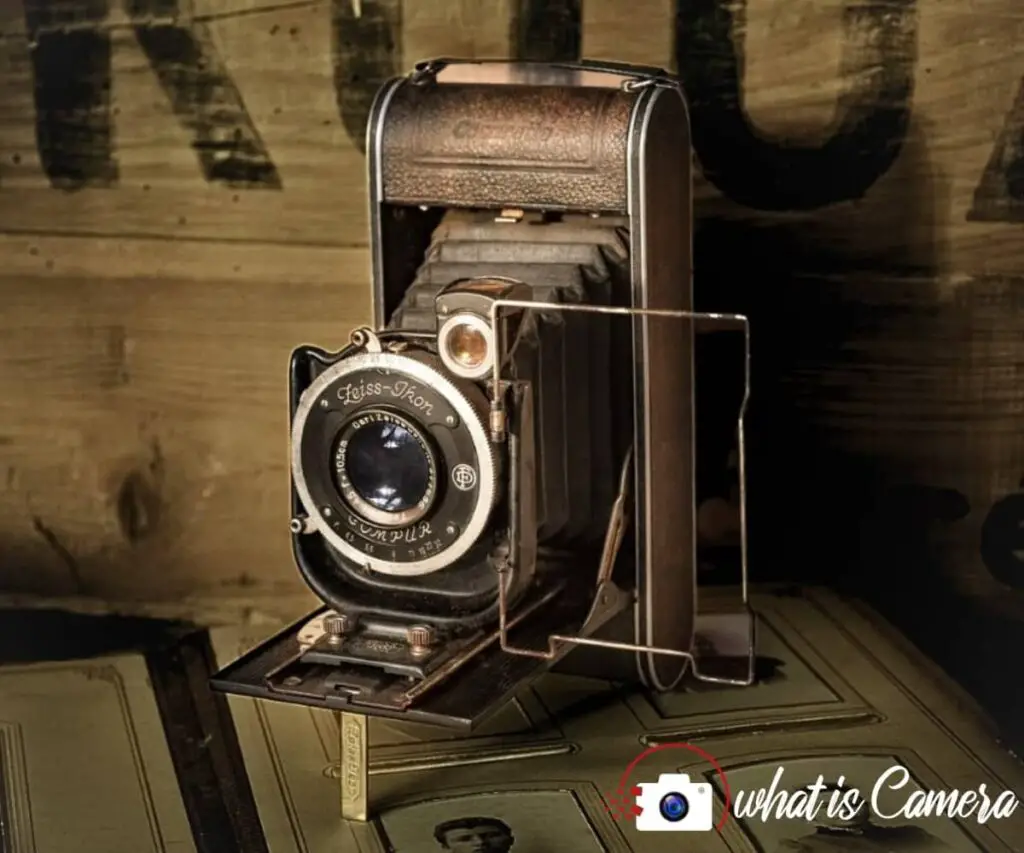
Film Camera
There are many types of film cameras and they provide more artistic output than ever before. Much to the delight of film photography enthusiasts, there are still classic 35mm film cameras being sold today with improved bodies and enhanced capabilities.
Before capturing digital photography, all pictures capture from a film camera. Film Photographer Develop the Photo in the Darkroom. We have full control over film photography over images and shutter speed, and we can print the images for all sizes.
In Film camera the ability to explore the ins and out of the photography, but in film photography, you cannot learn easily because Digital camera photography has many easy and manual controls to give the perfect images, we judge the shutter speed in a digital camera, but in a film camera, we cannot able to judge the shutter speed and setting what we used.
Films Camera:
In Film camera photography, a Light-sensitive roll on the film is placed within the camera, When the Film camera is open, the film is exposed to the light and an impression is captured. When the camera captures the image, the Photographer rolls the film forward for a fresh section of unexposed film is ready to capture the new image
When you use a digital camera you need to check the brand of a camera like Nikon Camera, or Canon camera. When we click the image from this camera and edit the picture, we cannot tell about the camera brand. But in a film camera, we can have different rolls, different looks, and all different functions that we can judge this is a film camera.
In other ways, most photographers use the DSLR Camera to capture the Film which uses the lens and prism to capture the videos. This camera can check the viewfinder and lens to see what we captured. DSLR cameras have different formats like 35mm cameras, Large formats, small formats, and medium formats. With these formats, we can able to translate the size of film that fits in the camera.
We can buy analog cameras to capture the film, but analog cameras are not the best for high-quality film. If you need high-quality film you must need to use a DSLR camera and its best lens for capturing the quality of film, but the DSLR Camera is very expensive. When you need the quality of film or have a budget for the DSLR Camera you can use the DSLR Camera.
When we talk about film cameras, there are a few options to consider. These days we can buy a 35mm or 120mm format. We heard a 120mm and 220mm format but the 120mm and 220mm format are the same size but different lengths. You can click the 10 to 12 shot without replacing the roll, you can get 10 to 12 shots from 120mm format. And 22 to 24 shots from 220mm films.
Films cameras can shoot in black and white or in color, it easier to develop. But the color film gives you room to experiment with shades and tints. Different types of film brands like Kodak and Fujifilm can give you different colors and contrast as well. You can try a different brand to get the best result for the film camera.

Film Camera Function and Properties:
Loading Film: You need to Load the film with the roll when to start using the film camera. The Films come in a canister that we insert into the camera. When you use the film camera you need to read out the all instruction with the camera provided.
Adjusting settings: The film camera allows control of the focus and exposure with the manual settings. With the exposure, we can determine how much light reaches the film, and with the focus, we can determine the sharpness of images. With these settings, we get the quality of images that we need.
Framing the shots: To frame the shot we look at the camera’s viewfinder. The viewfinder shows what the lens sees, and the viewfinder helps to compose the images. We can move closer and other ways to adjust the angles, and we decide what is included and excluded in the frame.
Taking the Photos: When you have set framed the shoot, press the shutter button to click the photo. The shutter is a mechanism that opens briefly, allowing light to reach the film. When you click the images make sure to hold the camera steady while for avoid the sharpness and blurriness.
Advancing the Film: When you have done clicking the photos, you need to set the advance film for the next frame. Most film cameras have a knob or lever for turning the film camera advance.
Rewinding and Developing: Once you have finished shooting all the frames on the film roll, it needs to be rewound into the canister. After rewinding, you can take the roll to a photo lab or use a film developing a kit to process the film and transform the latent image into visible photographs.
Pros of Film Cameras:
- Image resolution and size (for medium and large format)
- Beautiful, artistic photos
- Vintage-looking hardware
- Cheap, good quality lenses
Cons of Film Cameras:
- Analog settings
- Expensive and recurring film cost
- No internal light meter
- Risk of parallax, focus, and exposure errors



